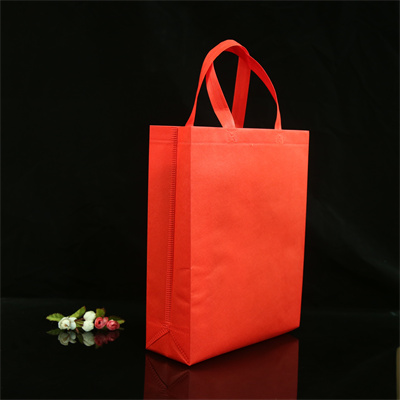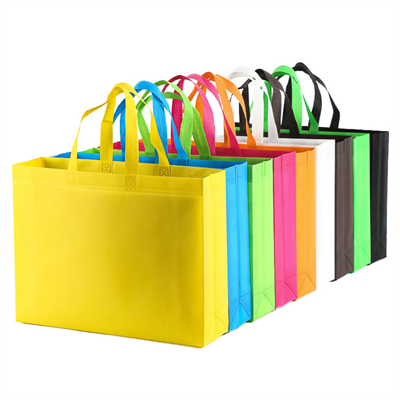1. Spunlace: It is to spray a high-pressure fine water stream onto one or more layers of fiber webs to make the fibers entangled with each other so that the fiber webs can be reinforced and have a certain strength.
2. Heat-sealing non-woven bag: refers to adding fibrous or powdery hot-melt adhesive reinforcement material to the fiber web, and then the fiber web is heated, melted, and cooled to reinforce into a cloth.
3. Pulp air-laid non-woven bags: also known as dust-free paper and dry paper-making non-woven fabrics. It uses air-laid technology to open the wood pulp fiberboard into a single fiber state, and then uses the air-flow method to agglomerate the fibers on the web curtain, and then reinforce the fiber web.
4. wet-laid non-woven bag: It is to open the fiber raw materials in the water medium into single fibers, and at the same time mix different fiber raw materials to form a fiber suspension slurry, which is transported to the web forming mechanism, and the fibers are in the wet state. Bottom into a net and then reinforce into a cloth.
5. Spunbond non-woven bag: After the polymer has been extruded and stretched to form continuous filaments, the filaments are laid into a web, and the web is bonded by itself, thermally bonded, chemically bonded, or mechanically Reinforcement method to make the web into a non-woven fabric.
6. melt-blown non-woven bag: The process: polymer feeding—melt extrusion—fiber formation—fiber cooling—netting—reinforcement into cloth.
7. Acupuncture: It is a kind of dry-laid non-woven fabric. The needle-punched non-woven fabric uses the puncture effect of a needle to reinforce the fluffy fiber web into a cloth.
8. Stitch-knitting: It is a kind of dry-laid non-woven fabric. The stitch-knitting method uses the warp-knitted loop structure to align fiber webs, yarn layers, non-woven materials (such as plastic sheets, plastic thin metal foils, etc.), or their combination The body is reinforced to make non-woven fabric.





















